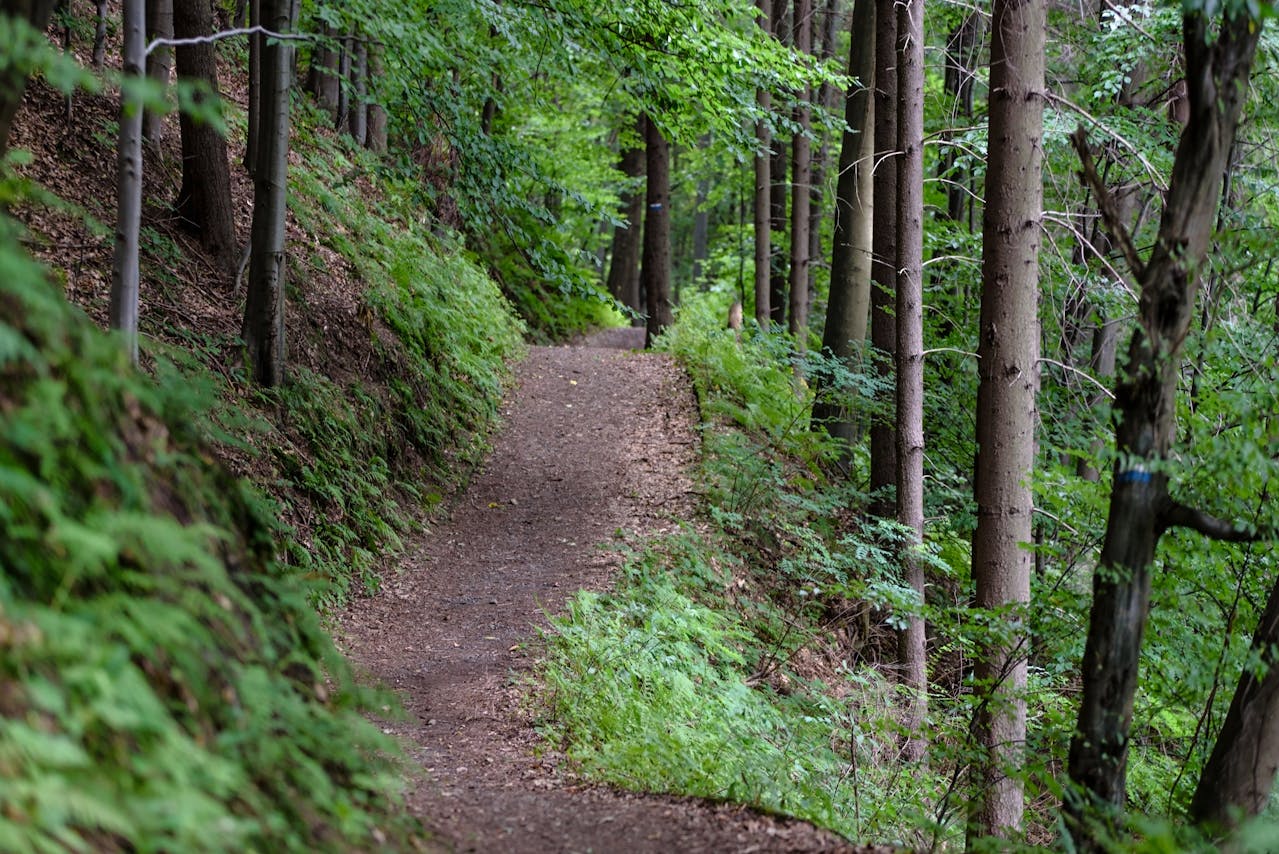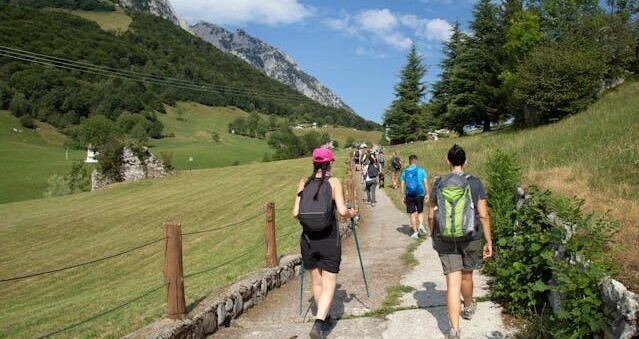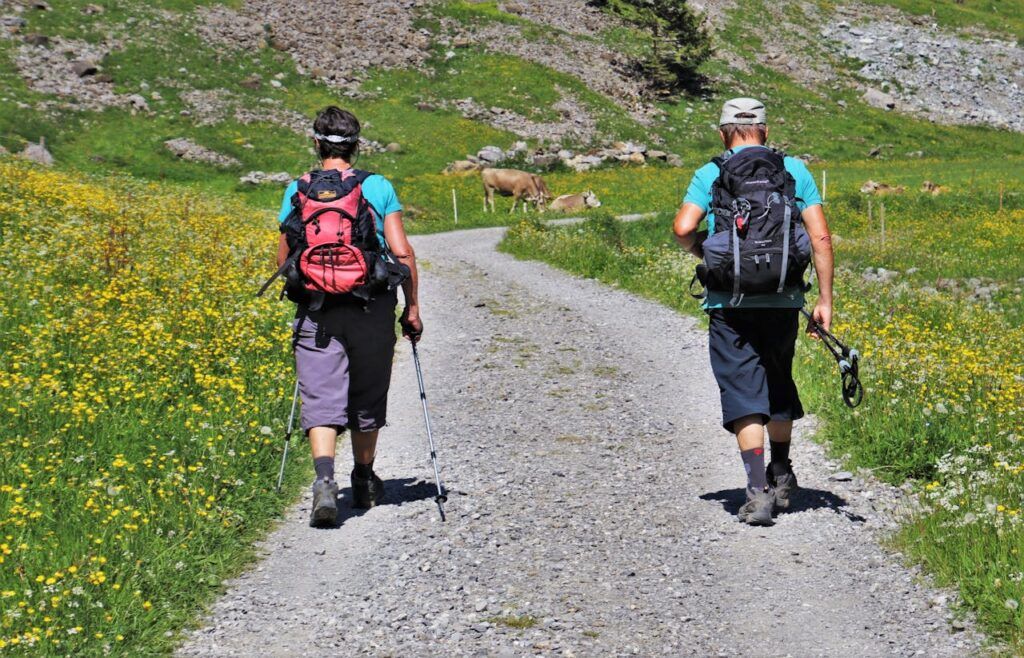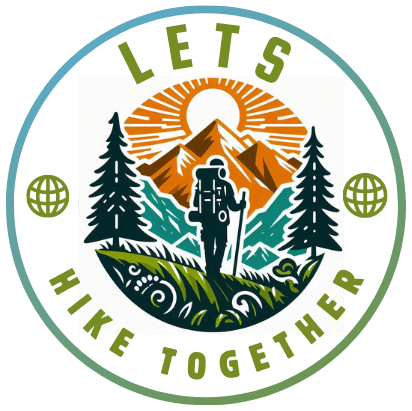Hiking can be a fantastic way to connect with nature and stay active, but picking the right trail can be a bit overwhelming if you’re new to it. Not all trails are created equal, and what works for one person might not be the best fit for another. Here’s where understanding the appeal of hiking for beginners comes into play. It’s not just about the distance, it’s the scenery, the terrain, and the overall experience that matters.
Table of Contents
What Makes a Trail Beginner-Friendly?
Top 5 Beginner Hiking Trails Around the World
Best Treks and Hiking Experiences for First-Timers
Optimizing Your First Hiking Adventure
Breaking Down Myths: You Can Be a Hiker Too!

What Makes a Trail Beginner-Friendly?
When it comes to choosing a beginner-friendly trail, there are a few key factors to keep in mind.
Before setting out on any hike, no matter how short, it’s essential to be prepared. A beginner-friendly trail should have features that enhance the experience, ensuring it is enjoyable, safe, and accessible for all skill levels.
First, consider the trail’s level of difficulty. Most trails are marked as easy, moderate, or challenging. For beginners, sticking to those marked ‘easy’ is usually the way to go. These trails typically have gentler slopes and are shorter in length, making them more manageable for those just getting started.
Another thing to consider is the distance and elevation gain of a trail. Beginner trails usually range from 2 to 5 miles long and might have minimal elevation gain. These trails provide a satisfying taste of hiking without pushing your limits too far. It’s also smart to check out trail reviews from other hikers. They can offer insights into what to expect and any quirks of the trail that aren’t always mentioned in official descriptions.
Speaking of reviews, exploring trail ratings can be incredibly helpful. Apps and websites often rate trails and provide user feedback that covers everything from trail conditions to the best times to visit. This can help you pick a trail that matches your fitness level and interests.
Finally, be aware of some common challenges beginners might face, like underestimating the weather or overpacking gear. With a little preparation and the right trail choice, these challenges are easy to overcome and won’t overshadow the joy of discovering new places. Plus, learning from these early experiences makes every subsequent hike that much better!
To make things easier, here’s a quick checklist of features to look for in a beginner-friendly trail:
- Clearly marked paths – Easy-to-follow signs and trail markers reduce the risk of getting lost.
- Minimal elevation gain – Gentle slopes help conserve energy and reduce strain.
- Short to moderate distances – Perfect for building stamina without becoming overwhelming.
- Smooth, stable terrain – Fewer rocks and roots mean a more comfortable walk.
- Scenic views – Beautiful surroundings motivate you and make the hike more rewarding.
Whether you’re just starting your hiking journey or simply want a peaceful walk in nature, choosing the right trail can enhance your experience. Always check the conditions before you go, pack the essentials, and take your time, because the goal is to enjoy every step along the way.
Top 5 Beginner Hiking Trails Around the World
Choosing the right beginner trail from the many options available around the world can significantly impact your initial hiking experiences. You’ll want a beautiful and manageable trail, that allows you to build your confidence and enjoyment without taking on too much at once. The perfect beginner trail should be visually appealing, easy to access, and safe for exploration.
- North America offers some of the best trails for newbies. Take, for example, the famed Blue Ridge Parkway in the United States, which offers a selection of short, scenic routes perfect for a casual day out in nature. Or try Canada’s Johnston Canyon, where pathways lead you past dramatic waterfalls with relatively gentle hikes.
- Europe boasts a range of beautiful and accessible trails as well. In the UK, the Lake District’s Catbells is a short trek with breathtaking views. Across the channel, France’s Alsace Wine Route is a delightful mix of culture and scenery, perfect for the novice looking to soak in a bit of local charm alongside their journey.
- Asia holds its own delights for beginner hikers. The trails through Japan’s Arashiyama Bamboo Grove, for example, are both serene and surreal, offering a peaceful escape into nature that even a novice can handle. Additionally, Thailand’s Chiang Mai area has trails winding through lush jungles that provide both adventure and manageable challenges.
- Down under in Oceania, Australia, and New Zealand invite beginners with open arms. Australia’s Royal National Park near Sydney presents coastal tracks that are easy to navigate yet still offer stunning views. Meanwhile, New Zealand’s Queenstown Hill offers a moderate climb with an unforgettable summit that could ignite a lifelong passion for hiking.

Best Treks and Hiking Experiences for First-Timers
If you’re ready to experience the magic of trekking, choosing the right trail can make all the difference. For beginners, the best hikes strike a balance between manageable challenges, breathtaking scenery, and memorable moments, creating an ideal introduction to the world of trekking.
Thru-hiking is an extended journey on long-distance trails. While it may sound intimidating, there are beginner-friendly options that provide a sense of adventure without being overwhelming. These shorter thru-hikes allow you to connect deeply with the landscape and savor multi-day experiences at a comfortable pace.
When picking your first trekking experience, consider starting with shorter, well-marked trails where you won’t feel lost or exhausted halfway through. Gradually acclimating to trekking by matching trail lengths to your endurance can help. Start with hikes around 3 to 8 miles that offer a bit of everything—wonderful views, varied terrain, and a touch of solitude.
The key to a rewarding first hike is matching the trail to your fitness and comfort level. Even a five-mile trek can feel like a major accomplishment when the trail is inviting rather than intimidating. Taking it slow allows you to fully enjoy the journey instead of racing to the finish.
For beginner thru-hikers, places like the Lost Coast Trail in California or the Cape to Cape Track in Australia are excellent choices. These routes offer stunning natural beauty, well-established paths, and a chance to learn the essentials of multi-day hiking, like self-reliance, pacing, and trail awareness, all without pushing beyond your limits.
With the right trail and mindset, your first trekking adventure can be the beginning of a lifelong passion.

Optimizing Your First Hiking Adventure
Preparing for your first real hiking adventure is exciting, and having the right gear and mindset is essential for a successful experience. Key items to bring include sturdy hiking boots to protect your feet, clothing suitable for the weather, a reliable map or GPS device for navigation, and plenty of water to stay hydrated. Additionally, pack high-energy snacks such as nuts, dried fruit, or energy bars to keep your energy levels up along the trail.
Sustainability should be at the heart of your outdoor ventures. Stick to marked trails to minimize environmental impact, pack out all trash, and respect local wildlife and flora. A lightweight trash bag doesn’t take much space and ensures you leave the trail as beautiful as you found it.
Being physically prepared can greatly enhance your experience. Engaging in a few weeks of light cardio or strength training, such as walking, cycling, or bodyweight exercises, can improve your stamina. Remember, hiking isn’t about how fast you go, it’s about moving comfortably and enjoying the journey at your own pace.
When it comes to packing, think smart. For a day hike, a compact backpack with just the basics will do. For overnight treks, you’ll need to pack more, like a sleeping bag, tent, cooking gear, and additional food and clothing. The key is balancing necessity and comfort without overloading yourself.
Lastly, safety is non-negotiable. In addition to navigation tools, pack a first-aid kit, whistle, and a multi-tool. Check the weather forecast before heading out, and start your hike early enough to return well before dark. On the trail, awareness is your greatest ally, transforming challenges into valuable lessons and making your first adventure a safe, memorable success.
Breaking Down Myths: You Can Be a Hiker Too!
Hiking isn’t an exclusive activity meant only for elite athletes. Anyone with the right mindset and approach can become a hiker, including you. A common misconception is that hiking is only for those who are extremely fit, but in reality, it’s a versatile activity that can accommodate nearly anyone’s fitness level and pace.
Embracing hiking as a means of enhancing personal well-being opens up a whole new world. It’s not only beneficial for physical health; spending time in nature can also reduce stress and improve mental clarity. A simple walk through the woods can work wonders for your mood and overall outlook on life.
Joining a local hiking club or group can greatly enhance your hiking experiences. Community brings camaraderie, and there’s nothing quite like sharing the trail with supportive people who understand the buzz of nature and want to share tips and encouragement. It’s an easy way to get started, learn the basics, and make new friends.
Hearing stories from those who took their first steps into hiking can be incredibly motivating. Beginners who’ve conquered their hesitations often have tales that resonate: their initial doubts, the first trail they tackled, and the feeling of achievement they felt upon completing their hike. These stories prove that the journey starts with a single step out the door.
If there’s one takeaway from this, it’s that turning a hike into a lifelong passion starts with a bit of planning and a lot of heart. With every new trail comes fresh challenges and triumphs, keeping the spirit of adventure alive. And once you find your rhythm, you’ll understand why so many are hooked on hiking.
